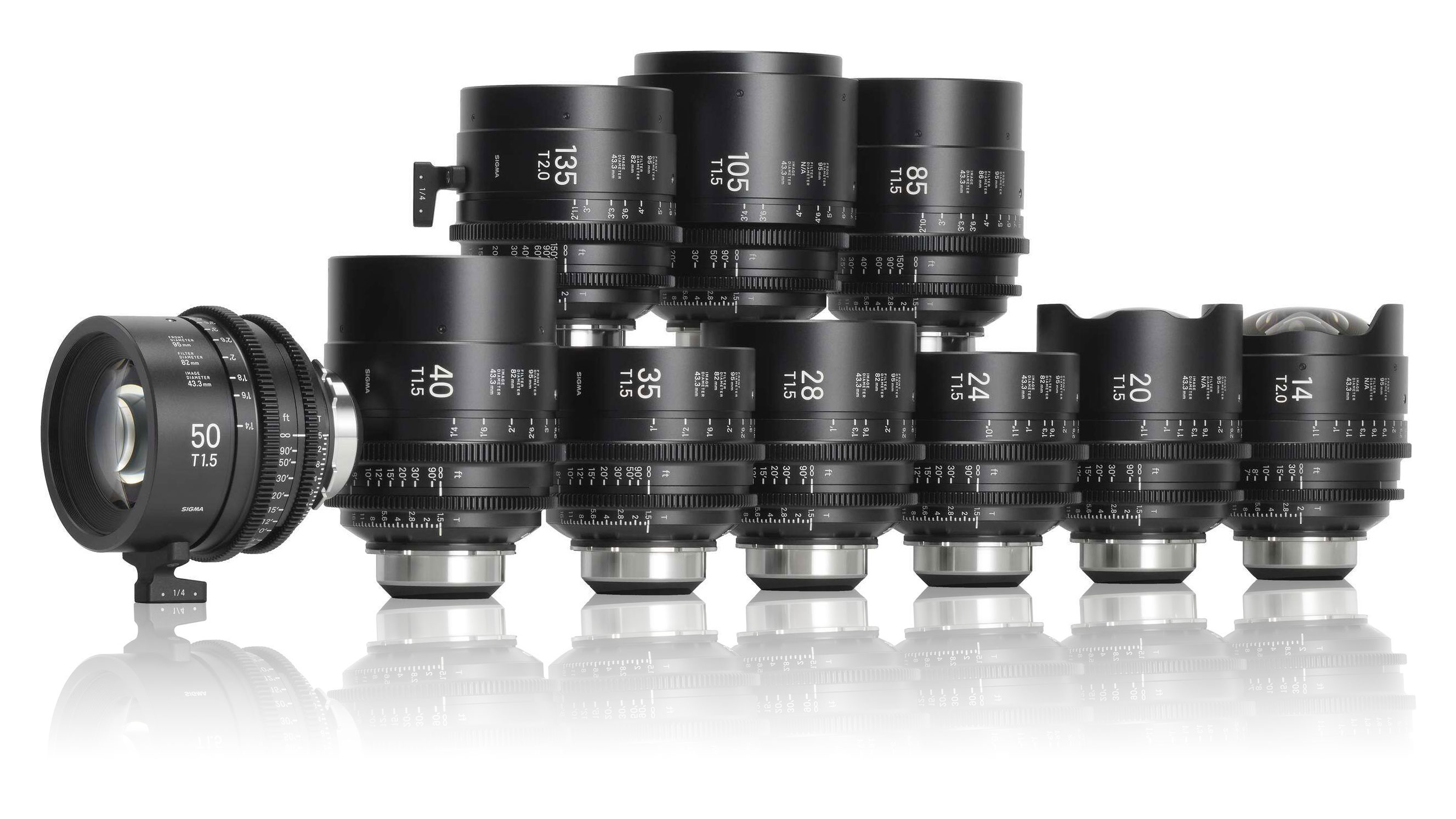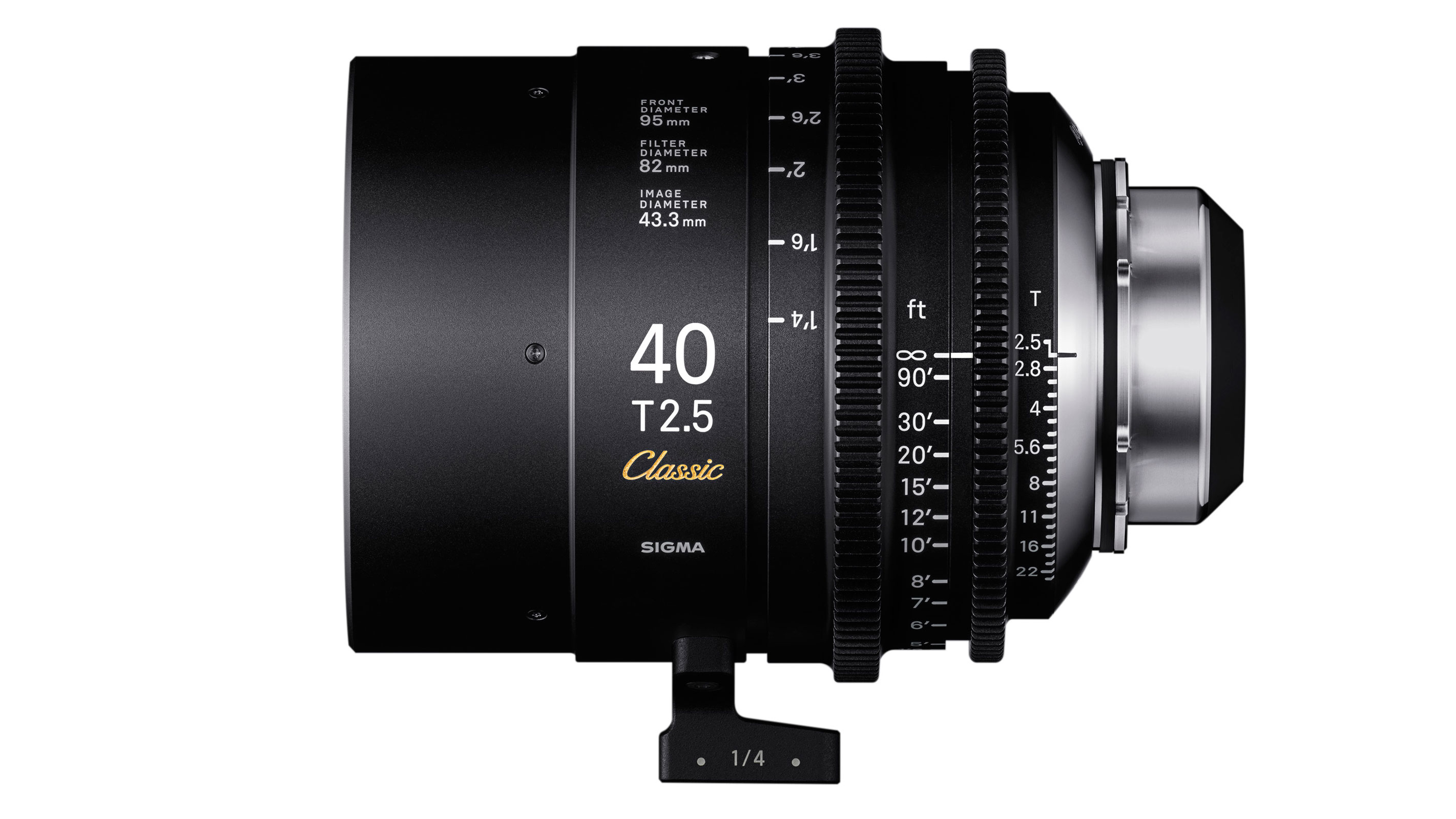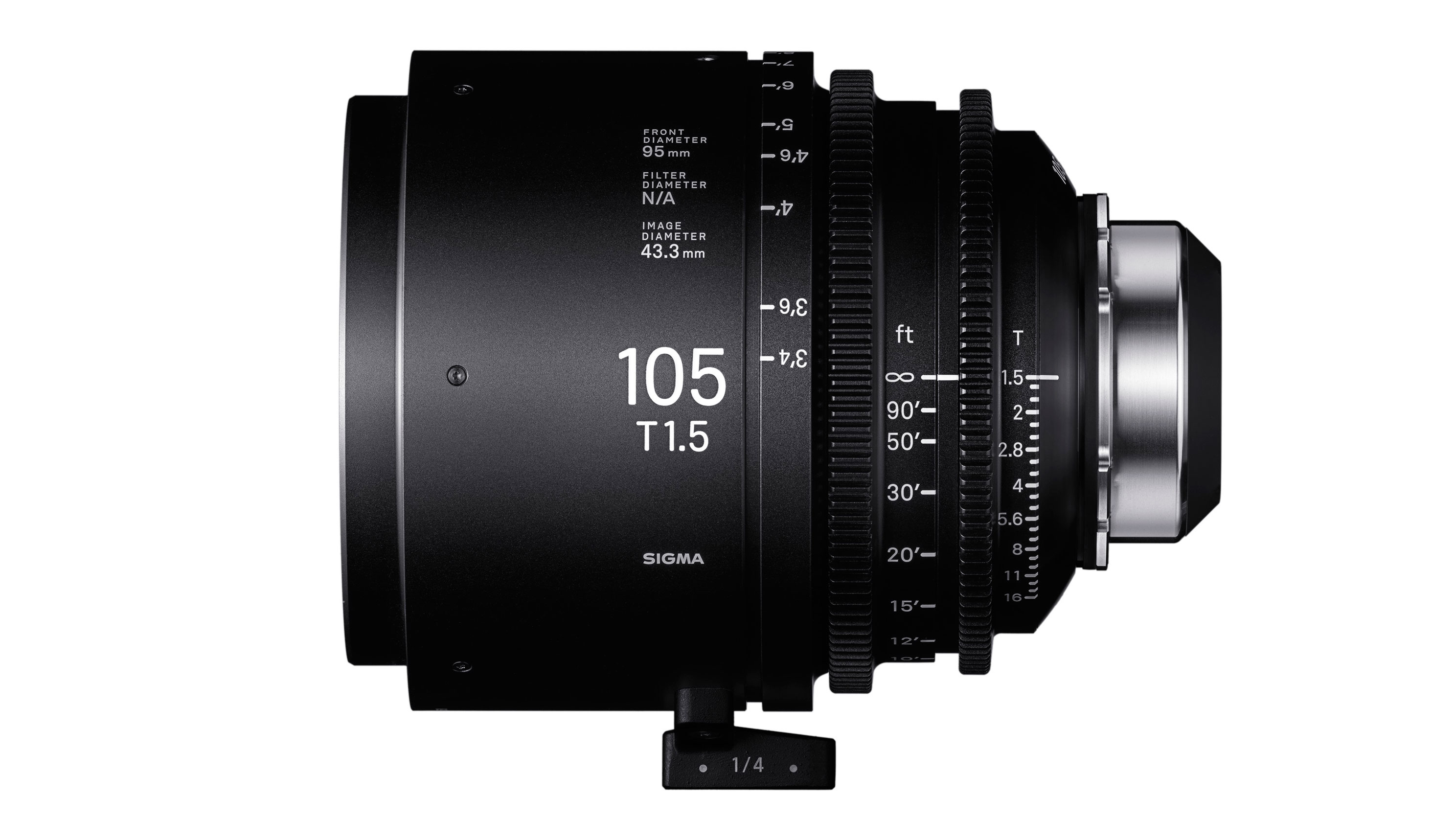Sigma announces prices for its new Classic Primes and i/Tech Cine lenses
The Classic Primes range will put the flare (and hopefully the flair) back into your filmmaking

Sigma has announced pricing for the two new lines in its range of FF High Speed Prime cine lenses. Its new Classic Primes will only be available as complete set of ten lenses, but its Cine I/Tech lenses will be offered individually.
These are a world away from the affordable camera lenses Sigma makes for stills cameras. Sigma's cine lenses are aimed at a much more advanced (and affluent, we hope) cinematography audience using the best cinema cameras rather than regular 4K cameras or a vlogging audience.

New Classic Primes roll back the clock
Sigma’s new Classic Primes join the existing FF High Speed Prime line, but ditch the existing lenses’ high-tech, high-contrast lens coatings for designs with fewer coatings, less contrast and more flare. Stills photographers might like biting sharpness and ultra contrast, but filmmaking is more about atmosphere, and Sigma is going for “unrivaled expression” with these lenses.
These Classic Primes share the same specs, bokeh and underlying resolution as the existing lenses, and they also have a special coating on the front are rear elements to maintain durability. These lenses are also compatible with the Cooke “/I Technology” communication protocol, which allows lens data to be passed back to the camera for use in VFX (visual effects) editing later.
They come in PL mount only (the Arri PL is not used in the stills photography market but is a widely used standard in cinematography), and in ten different focal lengths:
• 14mm T3.2 FF
• 20mm T2.5 FF
• 24mm T2.5 FF
• 28mm T2.5 FF
• 35mm T2.5 FF
• 40mm T2.5 FF
• 50mm T2.5 FF
• 85mm T2.5 FF
• 105mm T2.5 FF
• 135mm T3.2 FF
These are all full frame lenses, but they can of course be used on Super35mm and APS-C cameras too.
The best camera deals, reviews, product advice, and unmissable photography news, direct to your inbox!
But get ready with your wallet. These lenses will not be sold individually, but only as a full set of ten lenses, which will cost you $43,999/£34,582.50. Imperial versions will be available in December 2019, but metric versions won’t arrive until spring 2020.

New Cine i/Tech Lenses too
Sigma has also announced a series of i Technology lenses with lens-camera communication, and these will be available individually. (The company is also considering a service for modifying existing lenses for use with this standard.)
These Cine i/Tech Lenses are designed for image quality and compactness. They’re also very fast. They include:
• 20mm T1.5 FF
• 24mm T1.5 FF
• 28mm T1.5 FF
• 35mm T1.5 FF
• 40mm T1.5 FF
• 50mm T1.5 FF
• 85mm T1.5 FF
($3,899/£2999.17 each)
•14mm T2 FF
• 105mm T1.5 FF
• 135mm T2 FF
($5,499/£4332.50 each)
These will be available from January 2020.
Read more:
• These are the best cinema cameras right now
• Discover the best 4K cameras for filmmaking
• The best cameras for vlogging today

Rod is an independent photography journalist and editor, and a long-standing Digital Camera World contributor, having previously worked as DCW's Group Reviews editor. Before that he has been technique editor on N-Photo, Head of Testing for the photography division and Camera Channel editor on TechRadar, as well as contributing to many other publications. He has been writing about photography technique, photo editing and digital cameras since they first appeared, and before that began his career writing about film photography. He has used and reviewed practically every interchangeable lens camera launched in the past 20 years, from entry-level DSLRs to medium format cameras, together with lenses, tripods, gimbals, light meters, camera bags and more. Rod has his own camera gear blog at fotovolo.com but also writes about photo-editing applications and techniques at lifeafterphotoshop.com
